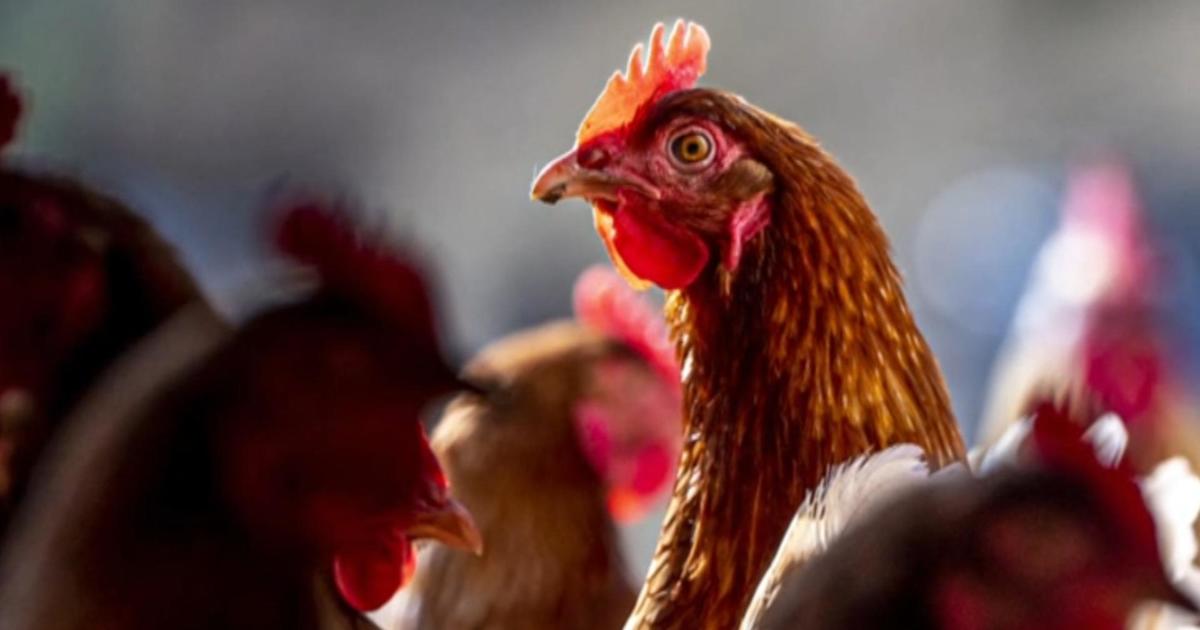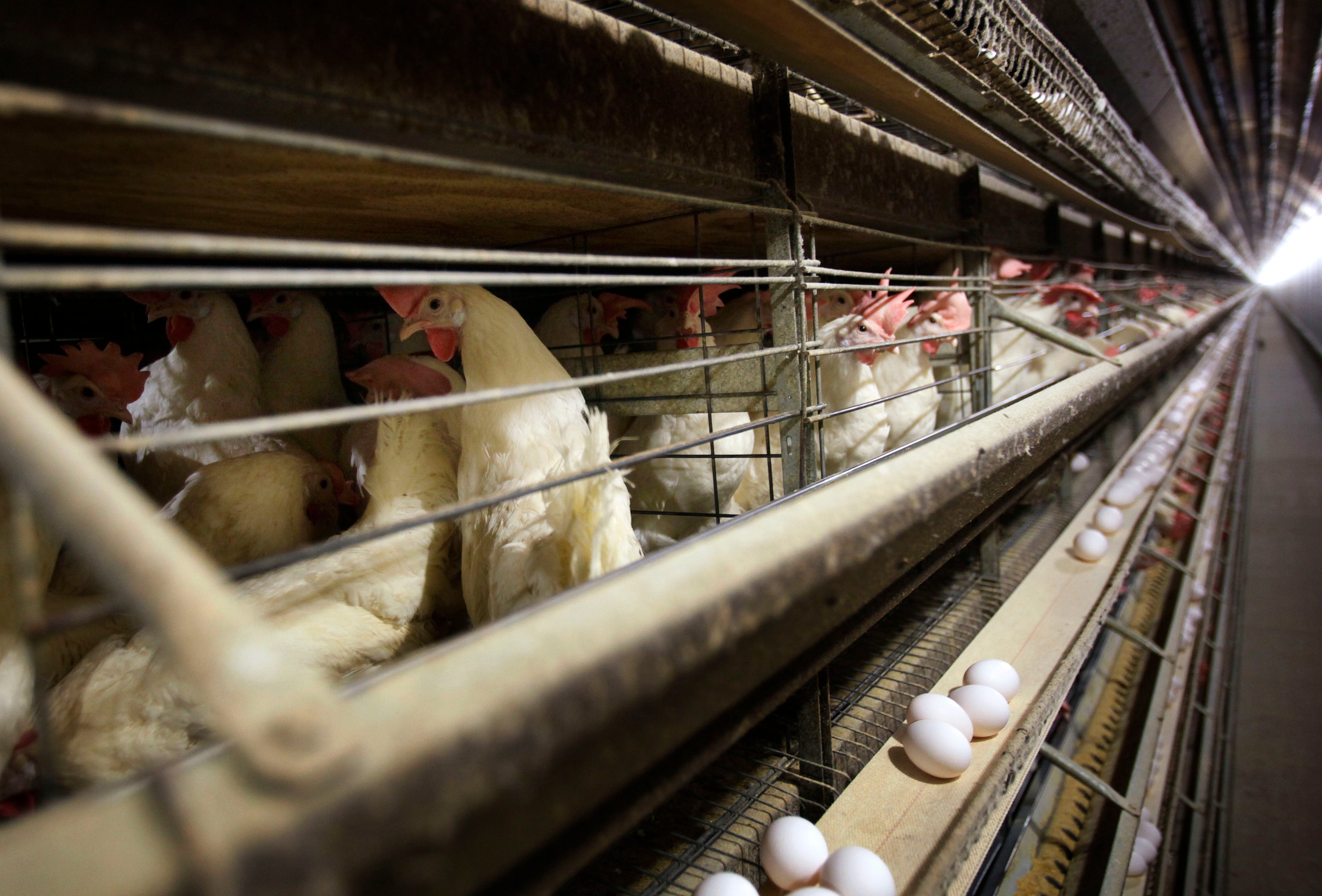Colorado Bird Flu Overview

Colorado bird flu – Colorado is currently experiencing an outbreak of highly pathogenic avian influenza (HPAI), commonly known as bird flu. The virus has been detected in both domestic and wild birds, raising concerns for the poultry industry and wildlife populations.
As of March 2023, there have been over 100 confirmed cases of bird flu in Colorado, affecting multiple counties across the state. The virus has been identified in various species of birds, including chickens, turkeys, ducks, and geese.
Impact on the Poultry Industry
The bird flu outbreak has had a significant impact on the poultry industry in Colorado. Several commercial poultry farms have been affected, leading to the culling of millions of birds to prevent the spread of the virus. This has resulted in disruptions to the supply chain and increased prices for poultry products.
Impact on Wildlife, Colorado bird flu
Wild birds are also susceptible to bird flu, and the outbreak has had a devastating impact on certain species. Waterfowl, such as ducks and geese, are particularly vulnerable to the virus, and large numbers of these birds have died in Colorado due to the outbreak.
Transmission and Prevention
Bird flu, also known as avian influenza, is primarily transmitted through direct contact with infected birds or their bodily fluids, such as saliva, nasal discharge, or feces. The virus can also spread indirectly through contaminated surfaces, equipment, or clothing.
Preventing the Spread of Bird Flu
To prevent the spread of bird flu among birds and humans, it is crucial to implement effective biosecurity measures and surveillance systems.
Biosecurity Measures
- Restricting access to poultry farms and prohibiting visitors.
- Isolating infected birds and implementing quarantine protocols.
- Regularly cleaning and disinfecting poultry houses and equipment.
- Using personal protective equipment (PPE) when handling birds or their products.
Surveillance
- Monitoring poultry flocks for signs of illness or unusual mortality.
- Reporting any suspected cases of bird flu to the appropriate authorities.
- Conducting regular laboratory testing to detect the virus.
Symptoms and Treatment

Bird flu can cause a wide range of symptoms in both birds and humans. In birds, the most common signs of infection include respiratory problems, such as coughing, sneezing, and difficulty breathing; neurological symptoms, such as tremors, seizures, and paralysis; and digestive problems, such as diarrhea, vomiting, and loss of appetite. In humans, bird flu symptoms can range from mild to severe, and may include fever, cough, sore throat, muscle aches, and fatigue. In severe cases, bird flu can lead to pneumonia, respiratory failure, and even death.
Diagnostic Tests
Diagnosing bird flu requires laboratory testing. Samples of blood, respiratory secretions, or feces are collected from infected individuals and tested for the presence of the virus. Several diagnostic tests are available, including polymerase chain reaction (PCR), virus isolation, and serology.
Treatment Options
There are currently no specific treatments for bird flu. Treatment is supportive and focuses on managing symptoms and preventing complications. Antiviral medications, such as oseltamivir and zanamivir, may be used to reduce the severity and duration of symptoms. In severe cases, hospitalization may be necessary to provide respiratory support and other supportive care.
Risks and Complications
Bird flu can be a serious disease, and the risk of complications is higher in certain individuals, such as the elderly, young children, and those with weakened immune systems. Complications of bird flu can include pneumonia, respiratory failure, and multi-organ failure. In some cases, bird flu can be fatal.